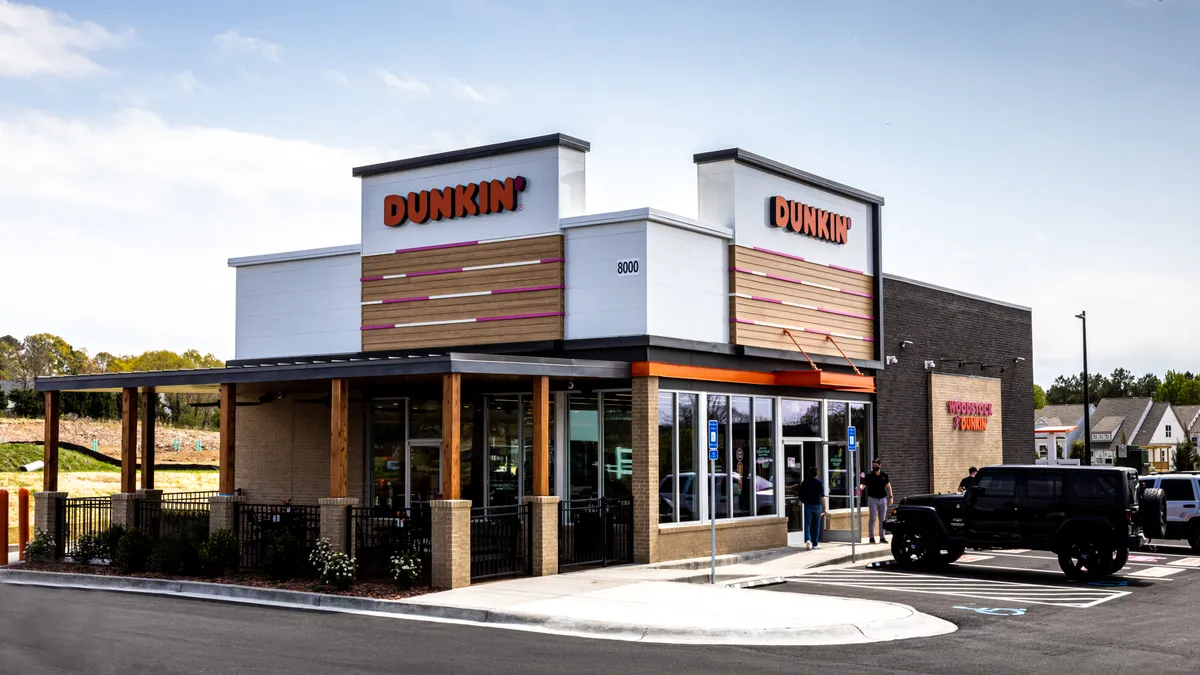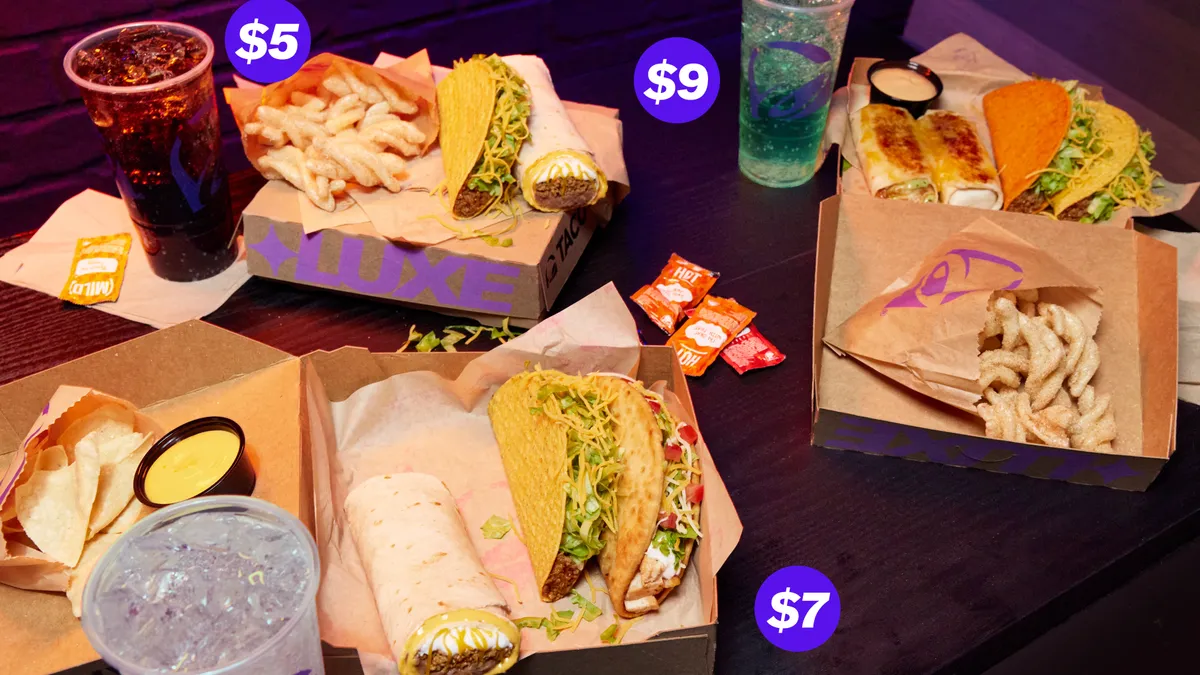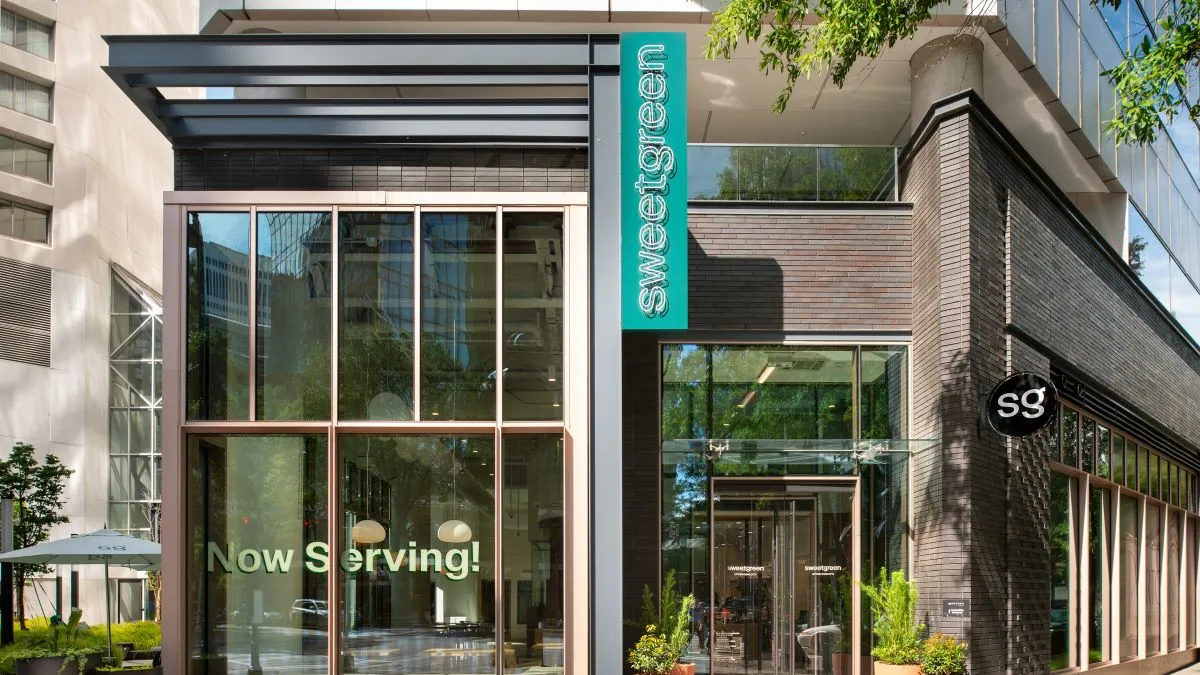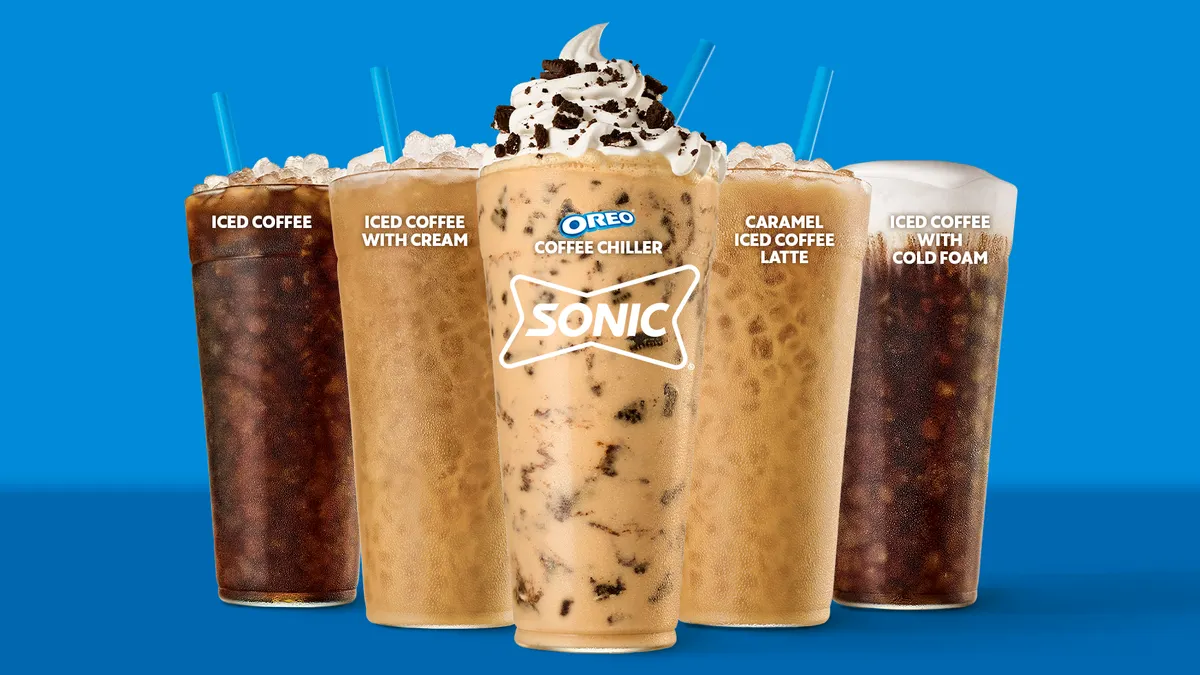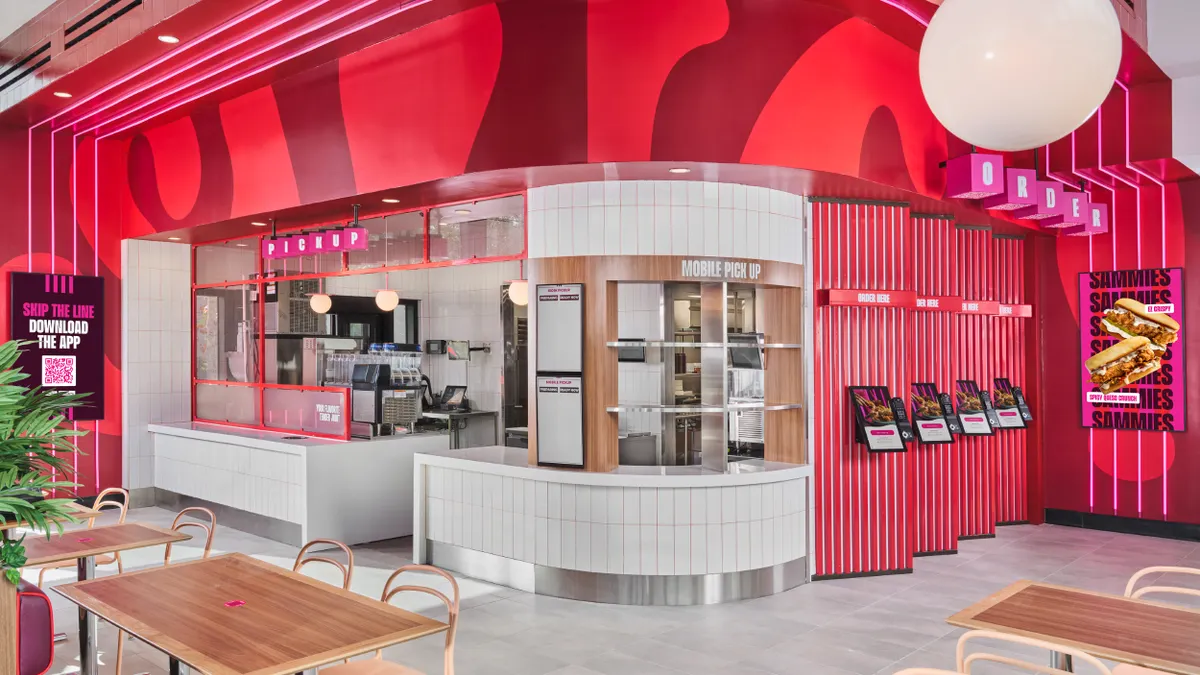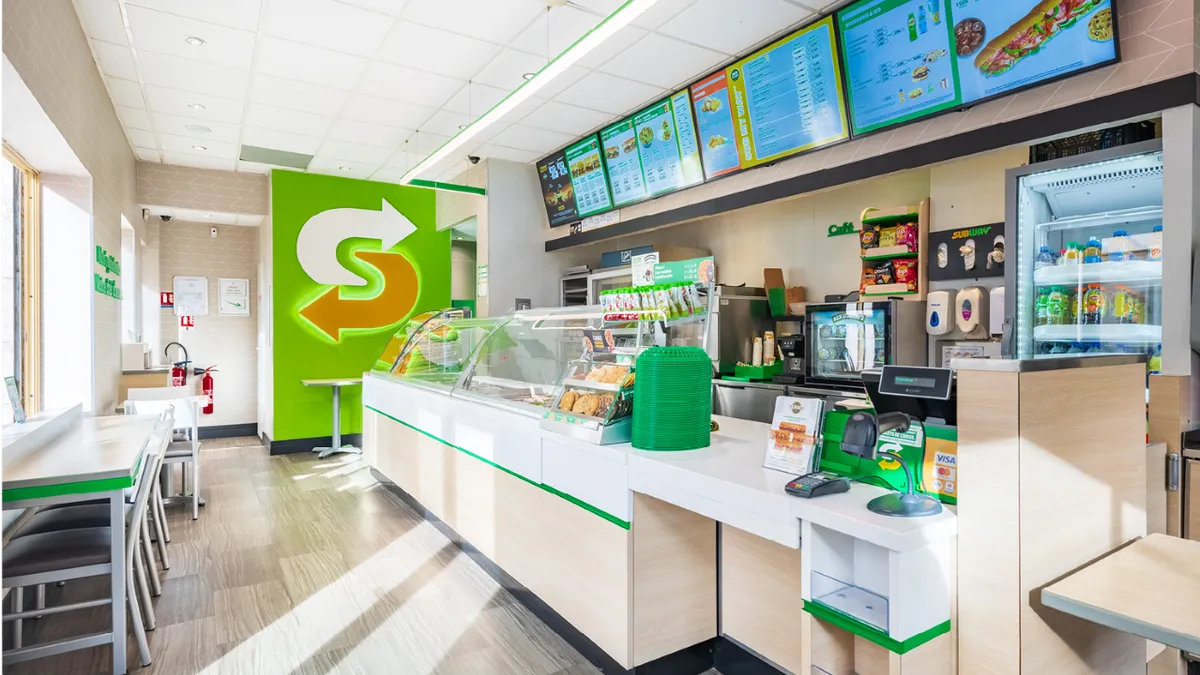Jeff Robards is global head of consumer foods at investment bank Alantra. He is based in Boston.
When Beyond Meat went public in early May of this year, expectations were understandably high. The plant-based meat substitute’s IPO priced at $25, opened at $46 and closed its first day of trading at $65.75. Since then, the stock has traded as high as $201.88 per share. Underwriter JP Morgan recently downgraded the stock to “overweight,” with a target at $121 per share, but this week’s announcement that Beyond Meat will move past its pre-shaped burger patties and sell its plant-based meat substitute in 1 lb “ground beef” packages — suitable for use in meatballs, Bolognese sauces and the like — renewed interest pushed the price higher.
I’m an M&A executive, not a stock analyst, but the valuation run up feels like it remains a little frothy. Investors and speculators jumped on the bandwagon, causing big losses for the short sellers.
In the end, there will always be these sorts of dynamics with disruptor stocks like Beyond Meat. But even with the downgrade, there's still a lot of support for the stock and the underlying market opportunity, especially as this is the only pure play public company in this product category that is available to investors right now. While the closest competitor — Impossible Foods — will likely consider an IPO at some point, they appear well-capitalized enough to remain private for the time being.
When evaluating the Beyond Meat downgrade, the stock’s volatility and the overall valuation dynamics, there are two things to keep in mind: The topline sales opportunity and the company’s ability to execute on that opportunity.
The topline sales opportunity
There is clearly a mainstream market for plant-based protein. Consumers are driven to meat substitutes by environmental and sustainability factors, as well as the ongoing trend toward healthy eating. Beyond Meat has been able to develop a burger option that is widely considered delicious and there is a perception among consumers that they are limiting their environmental footprint. Combined, these factors create a substantial sales opportunity. As long as it continues to be proven out that the carbon footprint of these products is significantly lower than for beef and other meat proteins, then the market will continue to grow.
Another element of the topline opportunity is the competitive dynamic. In addition to Beyond Meat, Impossible Foods has raised a significant amount of private capital (most recently $300 million at a $1.5 billion valuation) and is seeing exceptional growth. Very large and well-capitalized food players such as Tyson and Nestle are also developing products in this space. Tyson’s product, expected to launch this fall under the new “Raised & Rooted” brand, will include nuggets made from pea protein and a blended meat/pea protein burger.
Plant-based foods, in general, is a market segment that reflects a particularly hot consumer trend. In addition to environmental sustainability, they also address healthy eating. The focus is not on vegan or vegetarian, but rather “flexitarians” who are trying to increase their weekly plant-based meal occasions as part of a desire to eat healthier (and also more sustainably).
There are many companies pursuing this with innovative products positioned as delicious and healthy plant-based products, as opposed to historically unsavory substitutes. Examples include some of the more innovative veggie-based offerings of big food brands like Conagra’s Birdseye and B&G’s Green Giant. It also includes up-and-comers like Irish company Strong Roots, which won a prestigious NEXTY award at the Natural Products Expo West show for its Kale & Quinoa Burger, which is launching in more than 3,000 U.S. stores this year. Perdue is also joining the party by launching its “Chicken Plus” products, including nuggets, tenders and patties consisting of white meat chicken mixed with chickpeas, cauliflower and plant proteins.
An increasing array of competitive offerings addressing these trends creates some risk to the longer-term growth for companies like Beyond Meat (they need to execute well to stay ahead of the pack), but also establishes them as the vanguard of a trend that appears will only increase over time.
The execution problem
That brings us to the execution element of Beyond Meat’s valuation dynamics. Both Beyond Meat and Impossible Foods have a first-mover advantage, but there is a lot that will shake out before we see who the winners and losers in this market will be.
The future looked bright for Impossible Foods when they inked a deal with fast food giant Burger King to supply a meatless burger — the “Impossible Whopper” — with a planned roll out to all 7,300 U.S. locations by the end of the year. Impossible Foods is already a supplier to 7,000 restaurants — including Red Robin and White Castle, theme parks and college campuses — so this partnership with Burger King effectively doubled its reach. But recent news reports demonstrate that Impossible Foods’ inability to ramp up production has led to shortages at restaurants.
Clearly it is important to honor and deliver on contracts. Even a company creating and distributing a great product will be susceptible to stock price fluctuations and negative attention if it is unable to meet vendor and consumer demand. Turning away customers is never a good marketing strategy. It is important for Beyond Meat to take heed of Impossible Foods’ supply problems, anticipate the demand for these products, and execute in a profitable way. Certainly that will play into the long-term valuation of the business.
As the only current available option for investors and one of the two biggest players in the space, Beyond Meat is poised for continued growth based on a hot consumer trend. It will certainly need to address operational issues, but, in the long run, people want tasty plant-based protein alternatives — and Beyond Meat is one of the few companies with broad recognition that can deliver.




